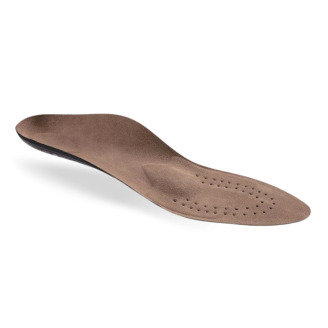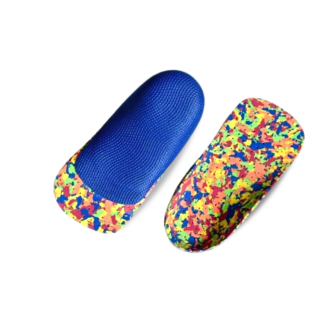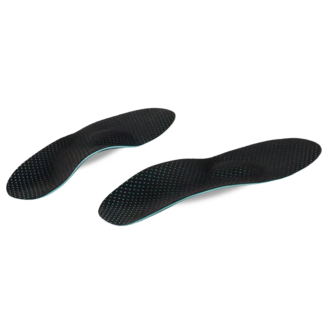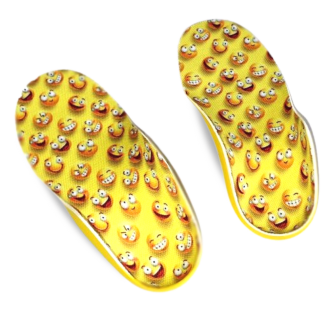
The question of what pronation is usually arises when choosing a running shoe - it is important to find out as much as you can about the characteristics of your foot, and perhaps even any exist
What is pronation?
Pronation and supination are two terms often used together. Thus, pronation is a condition in which the knees bend slightly inwards when walking or running. Supination, on the other hand, is a condition in which the knees bend slightly outwards when doing these activities.To find out if you have pronation, it is a good idea to have a thorough foot test. If the test shows that the angle of flexion of the foot is greater than 15 degrees, pronation is present. When analysing the foot, it is important to assess the foot during movement, i.e. when touching the base and when pushing off.
Pronation: why can't you throw your hand away?
The first thing to note is that pronation is not a disease and is certainly not a health risk. But if you want to run long distances, both amateur and professional, this aspect must be taken into account. Pronation causes the foot to be placed more inwards during running, which means that the inner part of the foot has to bear a much heavier load and the force is not distributed equally. This implies that the knees, back and hips are also subjected to higher loads. If you drop your pronation and run long distances frequently, you will greatly increase the likelihood of injury.
Foot pronation: why is it important to have the right footwear for runners?
Running for long periods of time fatigues the knees, increasing the risk of injury or joint inflammation. How to avoid this? Purchase footwear for runners. When choosing, it makes sense to consult an orthopaedic surgeon - one of the more popular services at the orthopaedic clinic Pes Planus is for a personalised selection of running shoes.
If you have been tested for pronation, it is important to know that your feet will not be suitable for normal running shoes.
Pronation: which measures are useful?
Shoes
If you have been diagnosed with pronation, it is a good idea to buy running shoes with additional support under the arch of the foot.
Ankle brace
It is worth considering an ankle brace to help reduce the pronation angle. Although such a splint is more often recommended for certain indications, such as sprained ankle ligaments, torn lateral ligaments, etc., it can also be a preventive measure. In addition to their main functions, ankle splints have a positive effect on pronation.
Longitudinal vault lifter
A longitudinal vault elevator can help those with pronation by providing support to the vault and at the same time helping to reduce pronation. This means that the loads on the inside of the foot are reduced, the foot is much more cushioned, and there is less foot fatigue and other discomfort.
Special insoles
Special insoles can also be very useful for pronation - not only can pronation be reduced, but so can the pain or other discomfort caused by pronation.
It is true that pronation of the forearm as well as of the foot can occur. In the latter case, an elbow splint will be useful to help control pronation of the forearm.




